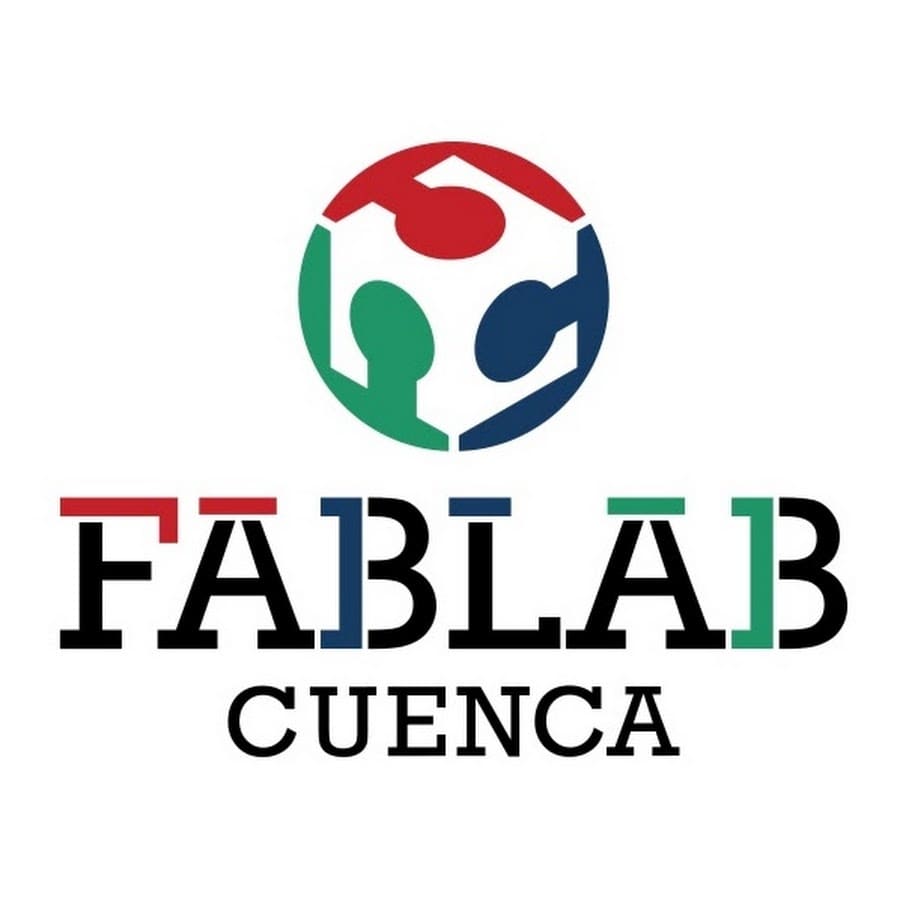
Ana Camila Luna Lopez
Final Project Tracking
Weekly Plan
| Week | Development Plan | Notes |
|---|---|---|
| 1; Principles & Project Management | Initial brainstorm & concept sketch for the final project. | ✔ |
| 2; Computer-Aided Design | Explored vector & 3D modeling software. | ✔ |
| 3; Computer-Controlled Cutting | Experimented with conductive filament for 3D-printed circuits. Explored multi-material printing to integrate interaction points into the book. | ✔ |
| 4; Embedded Programming | Selected a microcontroller. Tested tactile pins for potential touch-based interactions in the book. Explored capacitive touch sensing. | ✔ |
| 5; 3D Scanning & Printing | Testing 3D printing for mechanical parts & conductive filament. | ✔ |
| 6; Electronics Design | Learning KiCad to start designing a custom microcontroller board for interaction | ✔ |
| 7; Computer-controlled machining | Improved previous weeks' documentation based on Fab Academy feedback. Reviewed project feasibility, adjusted board design & material choices. | ✔ |
| 8; Electronics Production | PCB prototype design & first test fabrication. Checking traces and footprints. | ✔ |
| 9; Input devices | Integrate sensors. | ✔ |
| 10; Output devices | Implement responses using outputs. | ✔ |
| 11; Networking and communications | Design one of the pages, with output and input to interact. Adjust designs if necessary | ✔ |
| 12; Mechanical design, machine design | Exploring the design of the book. | ✔ |
| 13; Break, midterm review | Review progress, fix issues, and improve documentation. | ✔ |
| 14; Molding and casting | Review progress, fix issues, and improve documentation. | ✔ |
| 15; Interface and application programming | Program interactions between sensors and outputs. Define the activity flow within the pages. | ✔ |
| 16; System integration | Assemble and test | ✔ |
| 17; Wildcard week | Refine the design and manufacture additional improvements. | ✔ |
| 18; Applications and implications, project development | Prepare for final submission and presentation | ✔ |
| 19; Invention, intellectual property, and income | Explore future iterations, licensing, and educational applications. | ✔ |
| 20; Weekly assignments deadline | June 4: weekly assignments due | ✔ |
| Final project presentation | June 9-13: final presentations, June 16-20: student+local+global review meetings, June 23: global eval decisions deadline, July 4-11: FAB25 | ✔ |